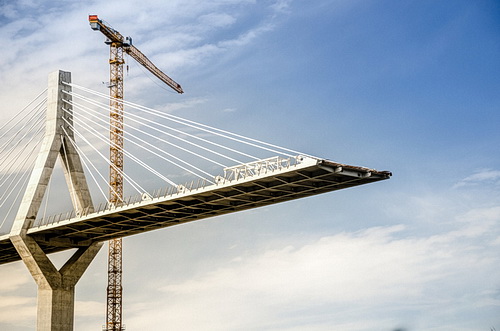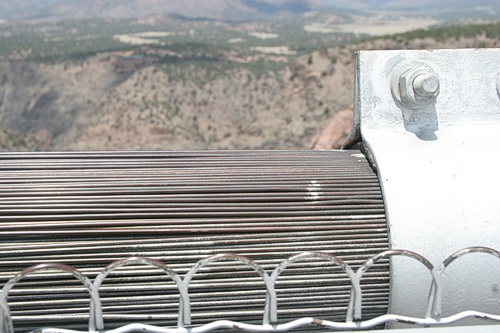
Suspension bridges are among the most impressive engineering feats, with their long spans and elegant designs. These bridges rely on the strength of cables and towers to support the cables which provide safe passage over rivers, gorges, and other obstacles.
In this article, we will explore how suspension bridges are constructed.
Bridge Suspension Cables

Once the towers are in place, the cables can be installed. The cables are assembled on the ground and then lifted into place using cranes or other heavy machinery. The cables are anchored to the towers using large steel plates, which are bolted to the tower and embedded in the concrete foundation. The cables are also anchored to the ground using massive concrete blocks, which are buried deep below the surface of the earth to provide a secure anchor point.
Suspension cables are an essential part of the suspension bridge design, which hold up the load (bridge deck or road) and are braced by towers on each side of the bridge. Anchoring the cables to the towers, or sometimes to the ground on both sides, enables the load to stretch across the entire span of the bridge without any further bracing required (e.g. truss or arches holding it up).
The cables are typically made of high-strength steel wires woven together that act as one unit. These cables can weigh thousands of tons and must be anchored securely to the towers and the ground.
The tension in the main cables is transferred to the suspension cables, which then transfer the weight of the bridge deck to the towers and anchorages at the ends of the bridge.
The towers provide additional support to the bridge and help to distribute the weight of the bridge evenly.
In the photo above of the Royal Gorge Bridge in the Rocky Mountains, Colorado, each of the cables consists of 2100 galvanized steel wires.
Bridge Deck
With the cables in place, the next step is to construct the bridge deck. The deck is typically made of steel or reinforced concrete and is suspended from the cables using hangers. The hangers are attached to the cables using large steel pins and are spaced at regular intervals to provide support for the deck. The deck is often assembled on the ground and then lifted into place using cranes or other heavy machinery.
Once the deck is in place, the final touches can be added. This includes the installation of guardrails, lighting, and other safety features, as well as the application of the final coat of paint. The bridge is then inspected to ensure that it meets all safety standards and is ready for use.
Summary
In conclusion, suspension bridges are an incredible feat of engineering, requiring meticulous planning, precision construction, and rigorous safety testing. The construction process involves the careful placement of towers, the installation of massive cables, and the suspension of the bridge deck. Despite the challenges involved, suspension bridges have become an iconic symbol of human ingenuity and technological advancement, connecting people and places all over the world.
